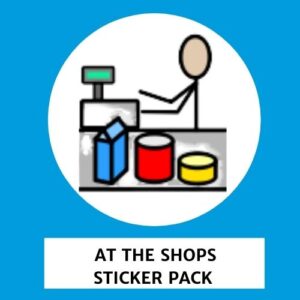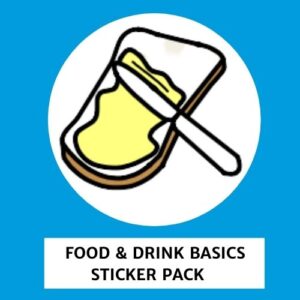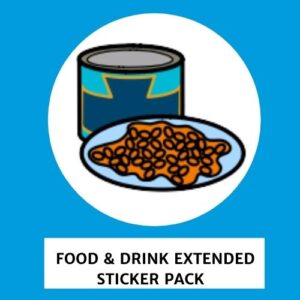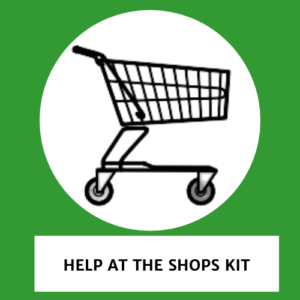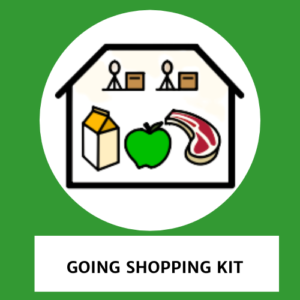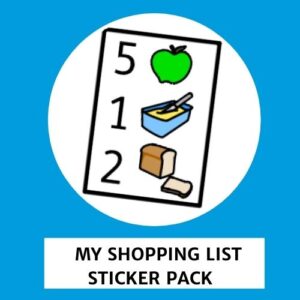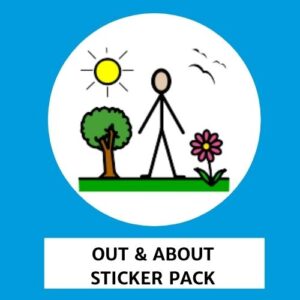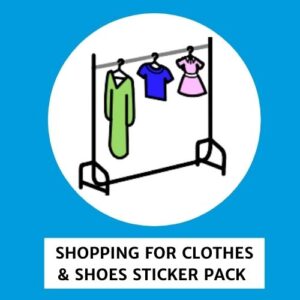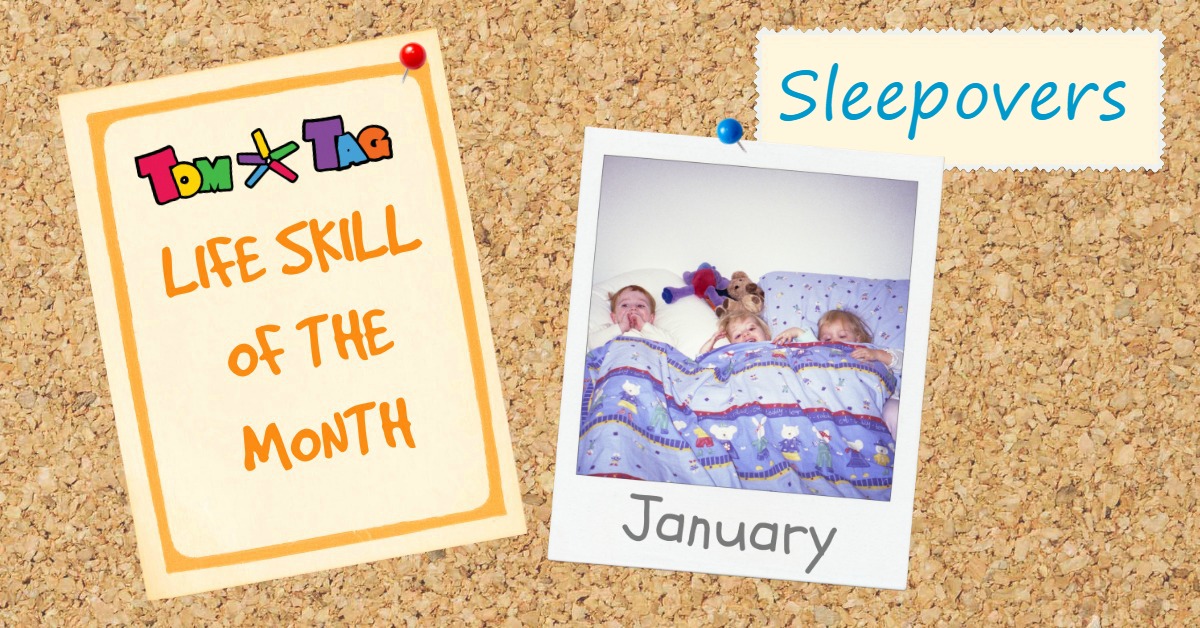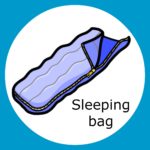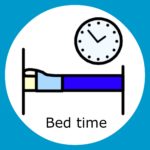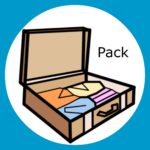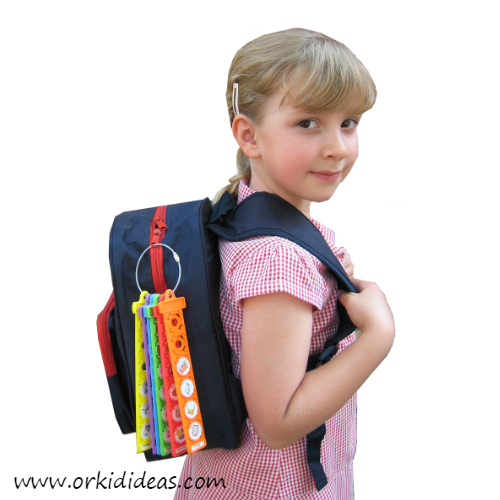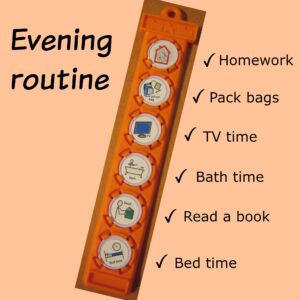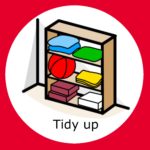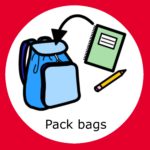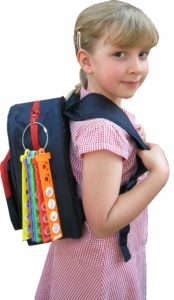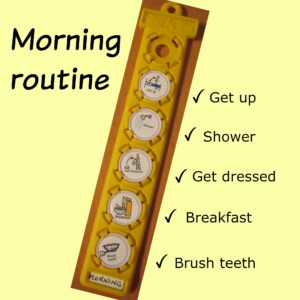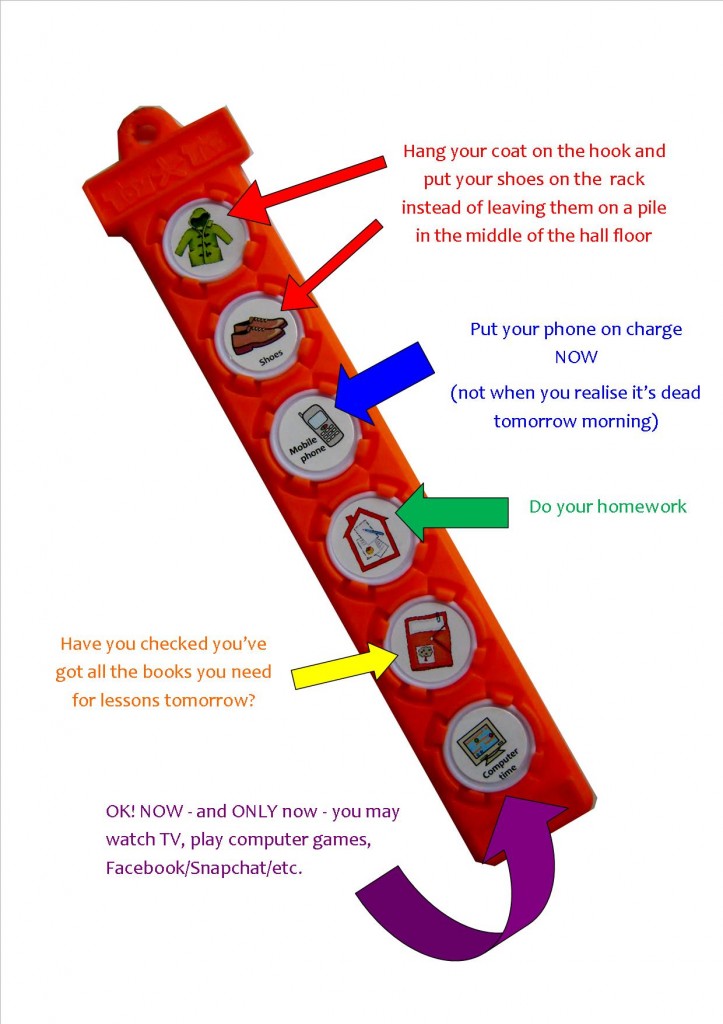Christmas is a magical and exciting time but for many children with autism and other SEN, the festive period can be anything but wonderful.
Changes in routine, a house pulsating with flashing Christmas lights and a steady stream of visitors can be too overwhelming and lead to sensory overload, anxiety, distress and confusion.
Making adjustments that help your child cope better at this time of the year will hopefully allow them and all the family to have a more enjoyable and relaxing experience.
It’s also a good opportunity to work on important social skills that can be transferred to other situations at different times of the year as well.
 Just another day
Just another day
Keeping to the same familiar routines as much as possible, even on Christmas Day, can be key to helping things run more smoothly. There are no rules to say things have to be done a certain way so do whatever suits your family best.
It’s sometimes not possible to avoid some disturbance or change to the regular schedule at this time of year. Children who struggle with changes to routine can find this very unsettling. If they use a visual schedule at home or school, this is a great way to make sure they know about (and can prepare themselves for) anything different that’s going to happen.
If different or unusual foods are likely to be an issue, think about preparing and freezing your child’s favourite meal ahead of the big day so that it’s easy to serve alongside everyone else’s dinner and gives you one thing less to worry about.
 Decorations
Decorations
Flashing lights, glittery objects and jingling bells all around the house are natural triggers for sensory overload. Let your child help to choose the decorations you buy and put up and consider decorating gradually over a few days so they are not overwhelmed immediately. Make sure to leave some areas of the house undecorated so there’s always somewhere for the child to retreat if needed.
Be aware of sensory triggers such as balloons, Christmas crackers, party poppers, festive music – consider using headphones or ear defenders at parties, carol concerts or similar events if sudden or loud noises are disturbing.
Use an “All about Christmas” symbol list or simple social story to support a conversation with your child to familiarise them with all the different things they can expect to find at Christmas time.
Social expectations
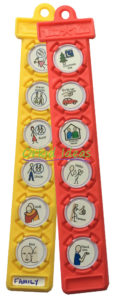 Christmas is usually a time of increased social contact and festive events with family and friends. Use a visual schedule to show what’s going to happen before any visitors come to the house or when you’re going to parties, visiting family and friends, church services, etc.
Christmas is usually a time of increased social contact and festive events with family and friends. Use a visual schedule to show what’s going to happen before any visitors come to the house or when you’re going to parties, visiting family and friends, church services, etc.
Maybe even keep a separate tag as a checklist to show all the family members they may be meeting and what an appropriate social contact might be for each group (eg. hugs are ok for family, hand shake for friends, etc.).
There’ll be lots of opportunities to teach social skills such as learning to greet visitors appropriately and saying please and thank you. Include relevant symbols in your visit schedule list or use another tag that you keep handy for a discreet reminder of social behaviour rules.
Presents
Many children with autism don’t particularly like surprises and aren’t good at faking delight if they get an unwanted gift. Some may prefer to have their presents left unwrapped or, if they do like the unwrapping part, they might want you to tell them what’s inside first.
They may also be overwhelmed by a large number of presents in one go. Try introducing them one at a time over the day (or several days) or adopt an advent calendar-style approach, bringing out a small gift each day in the run up to Christmas.
Don’t forget to put batteries in toys in advance so that they can be played with straight away!
Relax!
Above all, remember that this is your Christmas as well. Get as much support from family and friends as possible and share out the workload wherever you can. Get children involved by giving them jobs to do which will keep them occupied and give them something to focus on.
We used the kit I know what to expect at Christmas & birthdays for the examples here. We know it can be a particularly taxing and stressful time of year for our loved ones with extra sensory and emotional needs, so there’s also an expanded version of the basic kit available which includes additional tags and blank buttons plus a Feelings & Emotions sticker pack. We call this our Christmas survival kit!
This guide is available as a free downloaded using the link below.



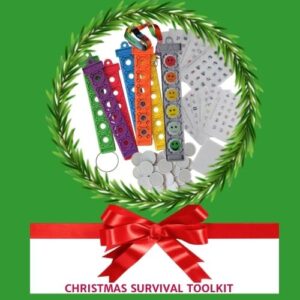





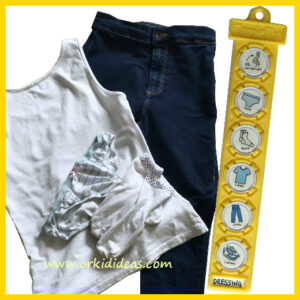 Keep another checklist in the bedroom that will show your child what clothes they need to wear and what they should put on first. This avoids the pants over trousers scenario!
Keep another checklist in the bedroom that will show your child what clothes they need to wear and what they should put on first. This avoids the pants over trousers scenario!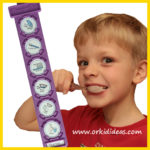 Taking care of personal hygiene is a very important life skill for all our children to learn. We perform these tasks for ourselves everyday without needing to think about exactly what we’re doing.
Taking care of personal hygiene is a very important life skill for all our children to learn. We perform these tasks for ourselves everyday without needing to think about exactly what we’re doing.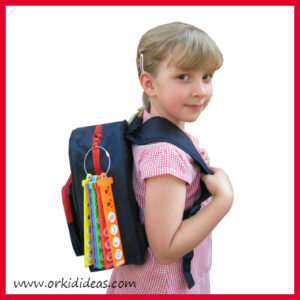 Giving your child the responsibility for finding and packing everything they need for school might seem like a crazy idea but even the youngest or most disorganised child can soon get the hang of it, increasing their independence and reducing anxieties that occur over forgotten items.
Giving your child the responsibility for finding and packing everything they need for school might seem like a crazy idea but even the youngest or most disorganised child can soon get the hang of it, increasing their independence and reducing anxieties that occur over forgotten items.

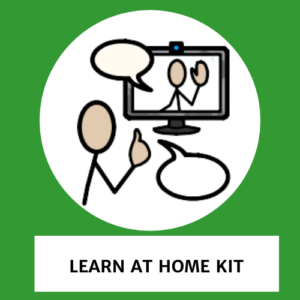
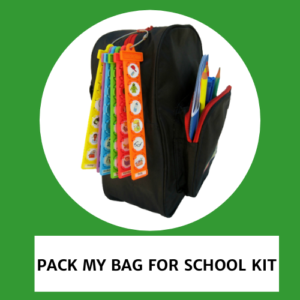
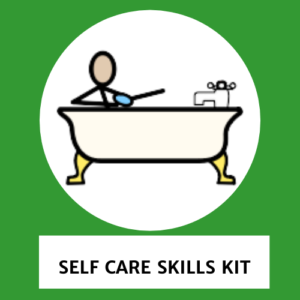
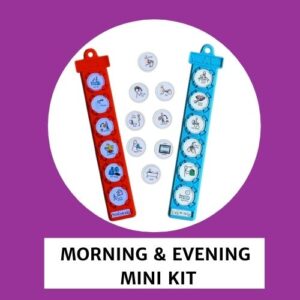
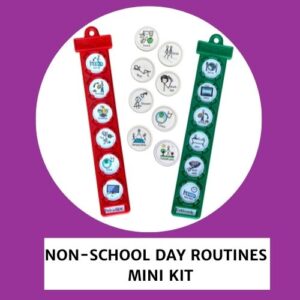
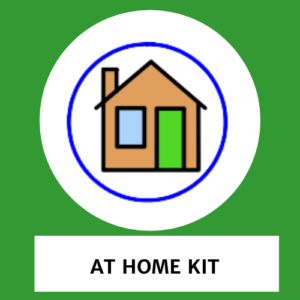
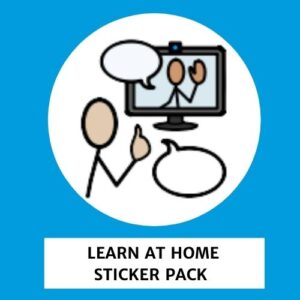
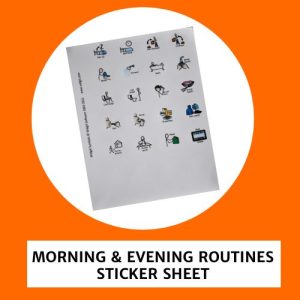
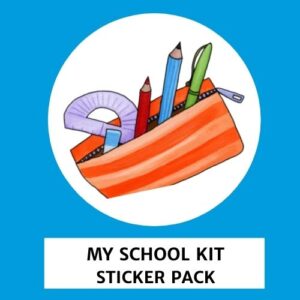
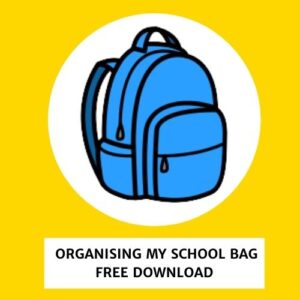
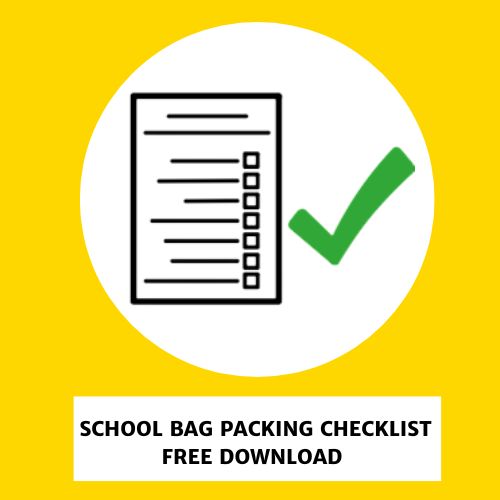

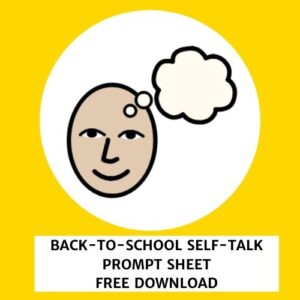
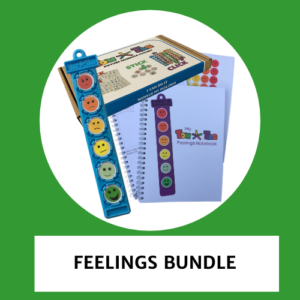
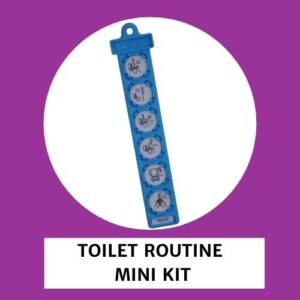


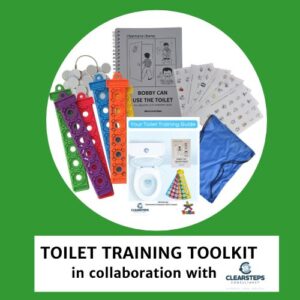

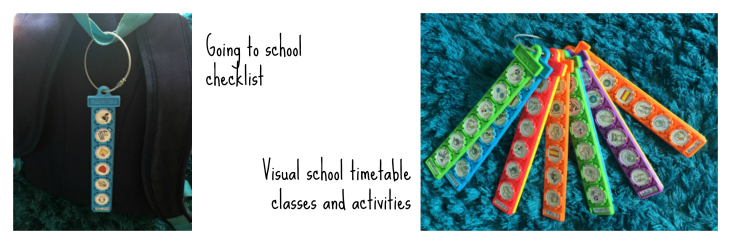
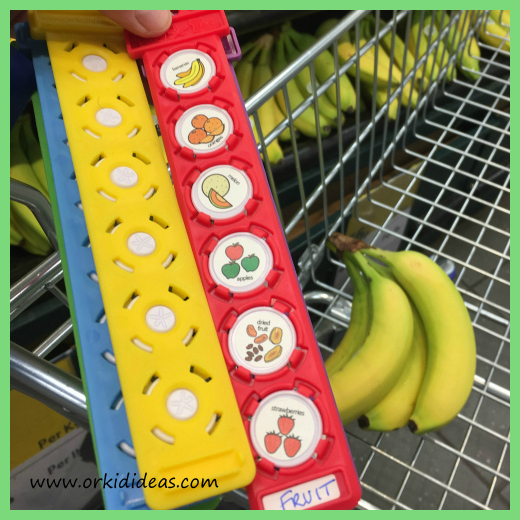
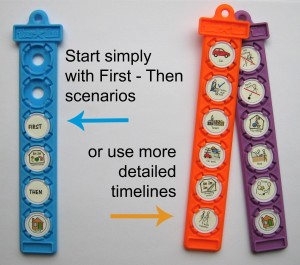

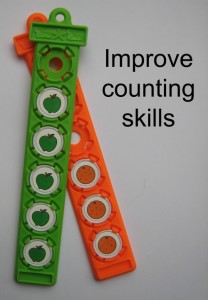
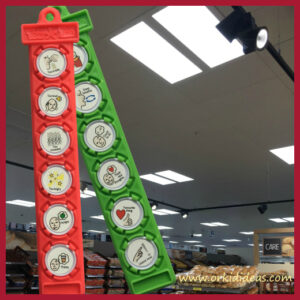
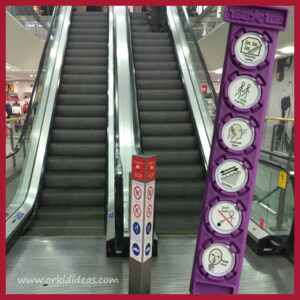
 Shopping for shoes and clothes with a child with autism can often be particularly difficult and require specific explanation of what to expect before you go.
Shopping for shoes and clothes with a child with autism can often be particularly difficult and require specific explanation of what to expect before you go.